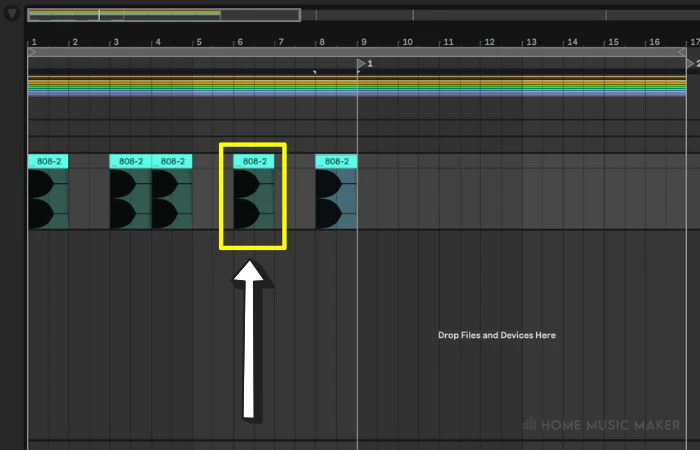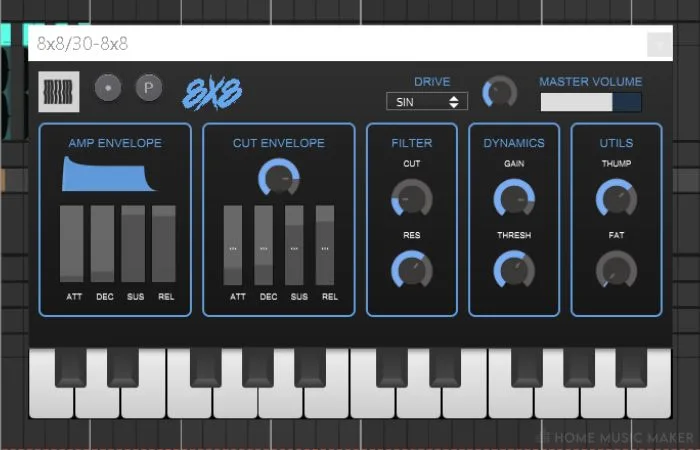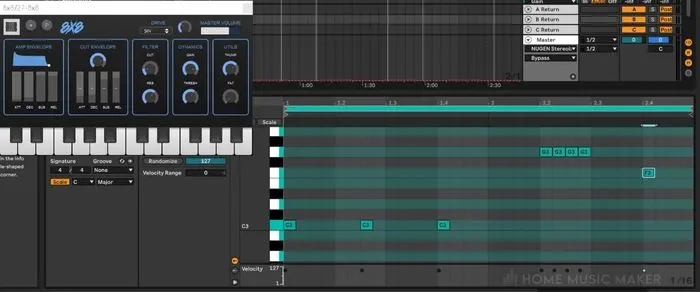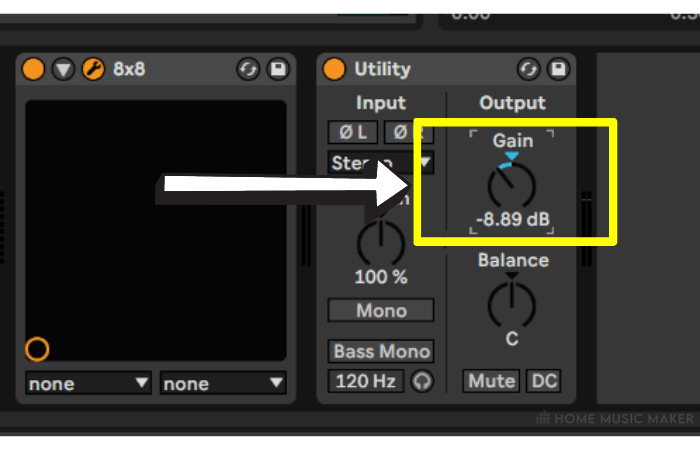KEY TAKEAWAYS:
808s have become a staple of most modern-day music and are characterized by a deep, punchy sub-bass tone often heard layered with a song’s kick drum. The name 808 comes from the TR-808 drum machine made in the 1980s.
The Iconic 808
Are you a producer looking to take your sound to the next level? If so, pay close attention to this blog post.
The 808 bass is one of the most influential sounds in modern music production, from Hip-Hop to EDM and beyond.
In this ultimate guide to 808s, we’ll cover everything you need to know about the iconic bass drum sound, from its origins to its uses in different genres.
With this knowledge, you’ll be able to make better music and hone your production skills.
What are 808s?
808s are a type of drum machine that has become synonymous with the sound of Hip-Hop, Trap, and EDM music.
They were first created in the early 1980s by the Roland Corporation.
They quickly became one of the most iconic hardware used in music production.
The “808” name comes from its model number: TR-808. It was designed to emulate the sounds of various percussion instruments and bass drums found in popular music at the time.
The distinct characteristic of an 808 is its deep and punchy low end, which is achieved by using sine wave oscillators tuned to produce very low frequencies.

The 808 drum machine was initially designed to emulate natural drum sounds. Still, its unique tone and flexibility soon made it one of the studio’s most sought-after equipment. Its sound was so iconic that it has been described as the “heartbeat” of hip-hop.
The most famous component of the 808 is its bass drum, which creates a powerful and distinct sound that can be heard in countless songs from different genres.
This distinctive bass sound has become known as the “808 kick“, which is used in many genres of music as an essential component of modern production.
Beyond its use in electronic music, the 808 has also made its way into pop and rock records, providing a powerful backbone to songs from Beyonce, Katy Perry, and Daft Punk.
The influence of the 808 can be heard in all kinds of contemporary music today, from rap to rock and even EDM.
Creating An 808 Bass Sound
You have a couple of options for creating an 808 Bass sound.
First, you could shell out the money to purchase an original TR-808 machine and do it that way.
The big problem here is that the TR-808 has become a collector’s item, and good luck getting your hands on one for less than a couple thousand dollars at least.
So, this option is out of the question for most producers.
Your next option is to get your hands on some samples of the TR-808.
This is easier than it seems.
Several production companies have recorded the TR 808 drum machine. They have those recordings available for purchase so you can use them directly in your music for a relatively low price.

But what if you want more freedom or control over the sounds?
It may be different from an authentic TR 808 since the sounds won’t have the same character as the original equipment, but it’s relatively easy to create an 808 bass-style sound with a modern synthesizer.
That’s how most 808 sounds you hear in music on the radio these days have been made.
Here are the steps for creating an 808 bass from scratch:
1. Start with a simple synth patch with a sine wave, square wave, or triangle wave as the main oscillators.

2. Use an envelope with a very short attack and decay and no sustain to modulate the pitch. This will give it that initial thump or punch in the beginning.
3. You may also want to use a filter cutoff to shape the tone, keeping it relatively low for maximum effect.
READ NEXT:
Unsure how to get the samples to play? Check out our article on how to trigger samples in Ableton.
Using An 808 Bass In Your Productions
Using 808s in your music can give your beats and songs an incredible low-end foundation to build. They can provide deep bass lines that draw attention to your song and add texture and color to a mix. They can even take the place of traditional bass lines.

When using 808s in your music, there are a few key points to keep in mind.
- Adjust the volume of the 808 so that it doesn’t overpower the other elements in the mix. This is especially important if you use multiple 808s on the same track.
- Consider layering different 808 sounds together to create unique effects and textures. For example, you could layer a distorted 808 with a clean one to get a thick low-end sound.
- Consider adding effects to your 808s. Reverb, delay, and saturation are all great tools for creating unique sounds with your 808s.
- Finally, experiment with different patterns and rhythms when creating 808 lines. Try different accents, octaves, and velocities to make exciting and dynamic parts.

By keeping these tips in mind, you can create exciting and unique sounds with your 808s that will help you stand out from the crowd!
Advanced 808 Techniques
808 bass is a powerful and versatile tool for adding low-end power to your music productions. While the basics of 808s are relatively straightforward, you can use plenty of advanced techniques to add depth and complexity to your sound.
One of the most popular advanced 808 techniques is sidechaining. Sidechaining allows you to make 808 bass lines react to other sounds in the mix, creating interesting dynamic changes in the groove.
You can also use distortion on your 808 basslines to add extra character. Adding warmth and dirt to the low end can give your 808s a gritty texture that will cut through the mix and draw the listener’s attention.
If you want to create more complex 808 lines, consider adding automation to your 808s. Automation allows you to easily adjust parameters such as volume, filter cutoff, and distortion amount over time. This can give your 808s a more varied and evolving feel that can bring your track to life.
Finally, remember EQ!
By carefully shaping the frequency spectrum of your 808s, you can ensure that they fit well in your mix. You can boost frequencies that need to be heard and attenuate frequencies that may compete with other mix elements.
READ NEXT:
To modify the sounds, you need to be able to load them into your DAW. If you’re a REAPER user, check out our article on how to use drum samples in REAPER.
Related Questions
Do They Still Make The 808 Drum Machine?
No, the Roland TR-808 Rhythm Composer, commonly known as the 808 drum machine, is a discontinued product that was first released in 1980.
While it is no longer in production, it remains a highly sought-after and influential piece of music equipment, and its sound continues to be used in many different genres of music. Some companies have made clones of the 808. But Roland itself has yet to create new units of the 808.
How Do You Get 808 To Cut Itself?
By making it monophonic. This means that only one note can be played at once.
Should I Saturate My 808s?
It depends on the type of sound you’re trying to achieve and personal preference, but adding saturation can add warmth, character, and depth and help your 808 cut through the mix.
What dB Should 808s Be In The Mix?
Somewhere in the range of -18dB to -13dB. Of course, this varies based on genre and taste.
Do 808s Need Compression?
No, not necessarily. But it can be beneficial in most circumstances.
READ NEXT:
808s are a big part of modern music, regardless of genre. A skilled producer would know how and when to use them. If you’re unsure what level of producer you are, then check out our article on a production battle between a noob and a pro producer.

 Want to connect with other music producers for help and guidance?
Want to connect with other music producers for help and guidance?